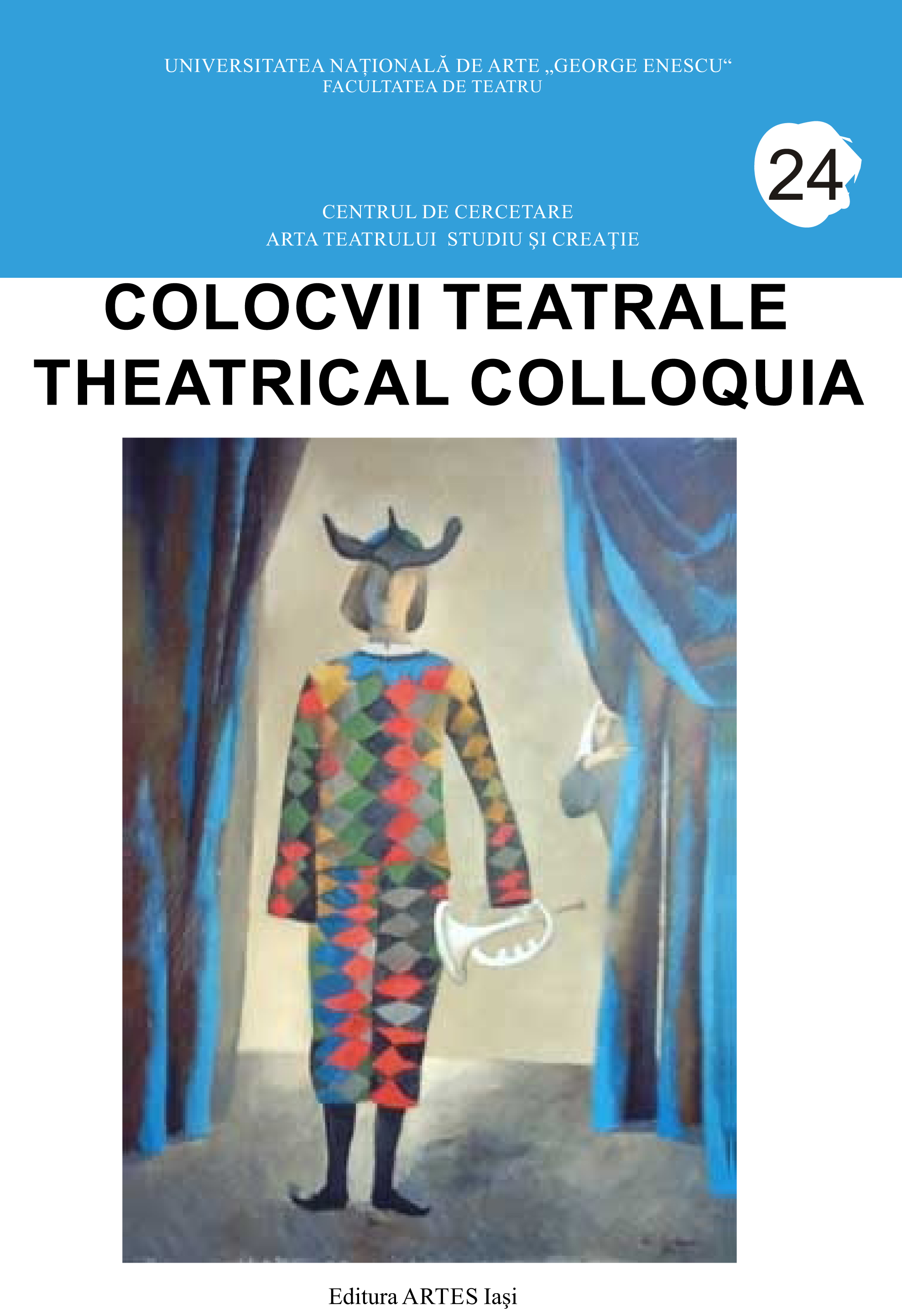Time’s Tricephalous Image in Macbeth by William Shakespeare
Time’s Tricephalous Image in Macbeth by William Shakespeare
Author(s): Lia Codrina ConțiuSubject(s): Fine Arts / Performing Arts
Published by: Editura ARTES
Keywords: time; tragic; symbol; mythography; iconography
Summary/Abstract: Influenced by the Humanist movement, Shakespeare is preoccupied with time, illustrating it in his lyrics and dramaturgy. If in comedies time has a regenerative character, in the Shakespearean tragedies “the clock” ticks continuously, it is the soundtrack that fulfills the destiny of the character. And Macbeth is perhaps the best example in this respect. Macbeth is hypnotized and haunted by time. Hypnotized by the imagination of a possible future and haunted by a past full of blood and crimes. The hero lives between imagination and memory, and the main catalyst of the play is the tragic interaction between Macbeth and time, with all the psychological and physical tensions that derive from there. The main impact of time on Shakespeare’s tragic heroes is achieved by the actual actions of time that exposes and amplifies tragic defects of heroes (in Macbeth’s case - ambition). As in the Renaissance, myths, images and signs were used in poetics and literature to indicate a teaching, a moral, Shakespeare includes in his work symbols taken from the iconography and mythography available at that time, such as time’s tricephalous image around which Macbeth is “shaped”.
Journal: Colocvii teatrale
- Issue Year: 2017
- Issue No: 24
- Page Range: 213-230
- Page Count: 18
- Language: English

